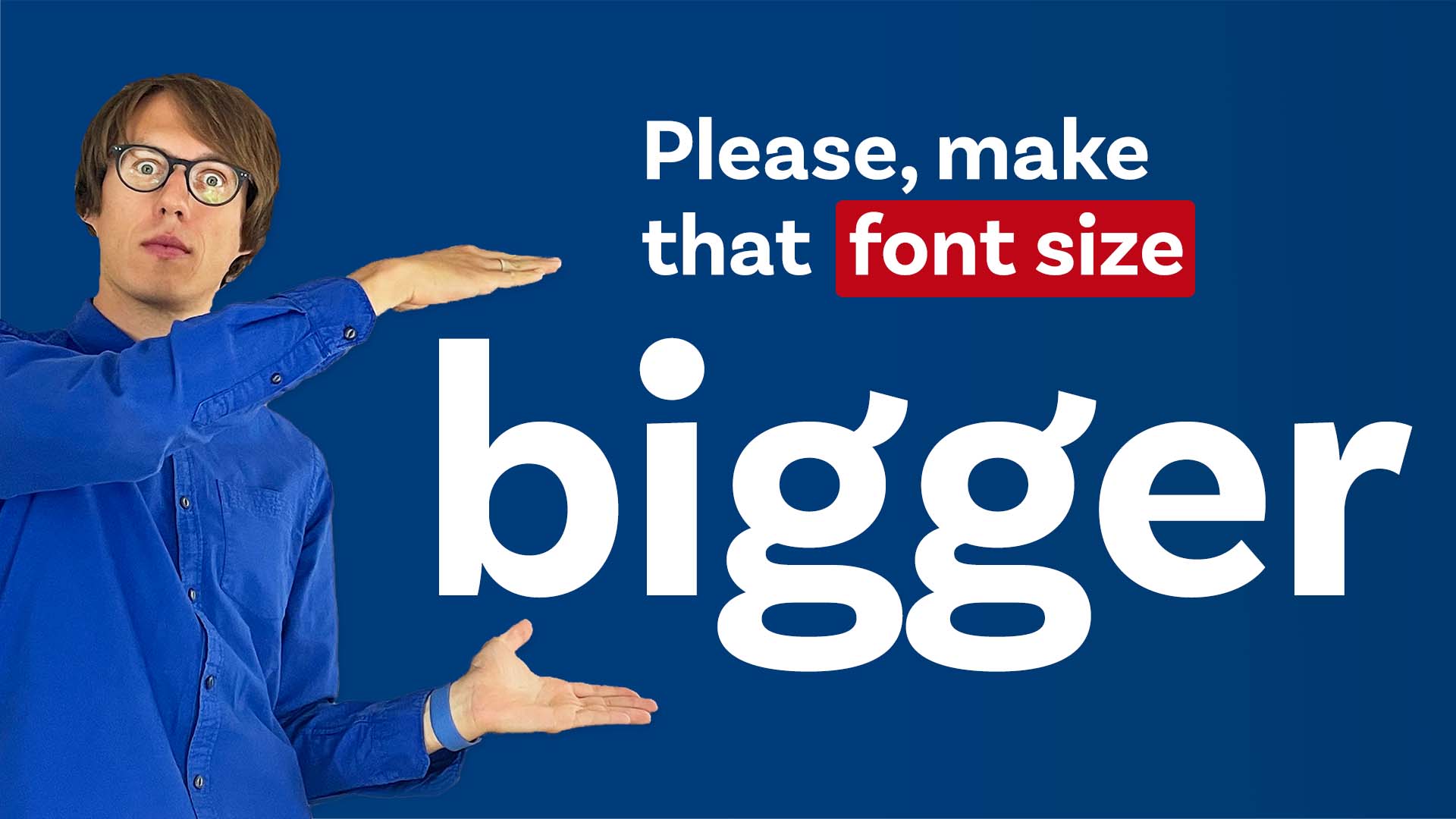Mobile-First Design Trends Dominating 2024
As the number of people using mobile devices continues to increase, the importance of designing with mobile in mind has become vital. Twenty-four years from now, designers and developers are pushing the limits of mobile design in order to create experiences that are more user-friendly, interactive, and easily accessible. In this article, we will discuss the most important trends that are influencing mobile-first design this year. Mobile-First Design Trends Dominating 2024
1. Minimalistic Interfaces
Clarity and Simplicity
When it comes to user interfaces, minimalist design places an emphasis on clarity and simplicity, which makes them easier to use on smaller screens. This trend emphasizes removing aspects that are not necessary and putting emphasis on things that are vital, which ultimately results in a more streamlined and user-friendly browsing experience.
Whitespace and Bold Typography
There has been an increase in the purposeful utilization of whitespace, often known as negative space, in order to improve readability and focus attention to content that is significant. When designers combine bold typography with their design skills, they are able to create a powerful visual hierarchy that allows users to navigate the app with ease.
2. Dark Mode
Improved User Comfort
In recent years, dark mode has gained a lot of popularity because of its capacity to alleviate eye strain, particularly in settings with low levels of illumination. Not only does this mode improve the user’s comfort, but it also helps to preserve the battery life, which is why it is such a popular option among mobile users.
Elegant Aesthetics
A large number of users are drawn to the sleek and contemporary appearance that dark mode provides. Designers are making use of this aesthetic in order to develop interfaces that are visually stunning and stand out in a market that is already rather competitive.
3. Advanced Microinteractions
Enhanced User Engagement
The term “microinteractions” refers to discrete animations or visual responses that take place in response to actions taken by the user. These are growing more sophisticated in the year 2024, delivering fast feedback and increasing user engagement by making interactions feel more natural and fun. Other benefits include providing instant feedback.
Seamless Navigation
Microinteractions that are more advanced enable navigation to be more fluid and provide a user experience that is more intuitive. It doesn’t matter if it’s a button that, when tapped, changes color or a swipe animation; these seemingly insignificant features have a tremendous impact on the overall usability of the product.
4. Voice User Interfaces (VUI)
Hands-Free Interaction
As a result of their ability to provide hands-free interaction, Voice User Interfaces are gaining popularity. This is especially beneficial for users who are constantly on the move. More and more applications are incorporating voice user interfaces (VUIs), which give users the ability to carry out operations by utilizing voice commands, hence improving accessibility and convenience.
Natural Language Processing
Visual user interfaces (VUIs) are becoming more accurate and responsive as a result of advancements in natural language processing (NLP). It is possible for consumers to connect with their gadgets in a manner that is more conversational thanks to this technology, which results in an experience that is both more intuitive and more gratifying.
5. Personalized Experiences
Adaptive Interfaces
In mobile-first design, personalization is an essential component. The usage of adaptive interfaces, which respond to changes in user behavior and preferences, is becoming increasingly widespread. These interfaces provide users with a customized experience that caters to their specific requirements and expectations.
Data-Driven Design
Through the utilization of data analytics, designers are able to develop more personalized experiences by gaining an insight of the preferences and routines of users. By taking this strategy, it is possible to present content and features that are most pertinent to each individual user, hence increasing engagement and satisfaction levels.

6. Augmented Reality (AR)
Immersive Experiences
Through the provision of immersive experiences that combine digital material with the actual environment, augmented reality is bringing about a revolution in mobile design. Augmented reality (AR) offers users experiences that are both engaging and participatory, ranging from virtual try-ons in e-commerce businesses to interactive gaming.
Enhanced Interactivity
Augmented reality (AR) is a technology that allows users to modify digital objects that are integrated into their physical environment. This trend is not only making apps more entertaining, but it is also giving solutions that are useful in industries such as education, healthcare, and retail.
7. Progressive Web Apps (PWAs)
Offline Accessibility
The dependability of native applications is combined with the accessibility of websites in the form of progressive web applications. Their offline accessibility is one of their most important advantages, as it ensures that users may access material and functionality even when they do not have an internet connection.
Fast and Responsive
Personal web apps (PWAs) are meant to be quick and responsive, and they offer a consistent user experience across a variety of technologies and devices. Considering that they load rapidly and provide seamless transitions, mobile users tend to favor them as their preferred option.
8. Gesture-Based Navigation
Intuitive Interactions
It is becoming increasingly common to navigate using gestures, which provides consumers with an easy-to-understand method of interacting with their electronic devices. Traditional buttons have been replaced with swipes, pinches, and touches, which has resulted in an experience that is more fluid and immersive.

Maximizing Screen Space
Through the elimination of the requirement for on-screen buttons, gesture-based navigation is able to maximize screen space, which in turn enables a cleaner interface and more content to be displayed. The minimalistic design style is perfectly suited to how this method is implemented.
9. Biometric Authentication
Enhanced Security
The use of biometric identification technologies, such as scanning fingerprints and recognizing faces, is becoming increasingly commonplace in the design of mobile devices. When compared to standard passwords, these approaches offer a higher level of security and a greater degree of convenience when it comes to the login process.
Convenience and Speed
Through the use of biometric authentication, users are able to gain access to applications and services in a rapid and simple manner. This tendency is particularly significant for applications that require a high level of security, such as banking and the handling of personal or financial data.
10. Sustainability and Ethical Design
Eco-Friendly Practices
The design of mobile devices is increasingly taking into account the concept of sustainability. In order to limit the amount of energy that is consumed, designers are embracing environmentally friendly approaches such as enhancing the performance of applications and employing sustainable materials for hardware. https://diversewebsitedesign.com.au/chef-website-design/
Inclusive and Ethical Design
The goal of ethical design is to create experiences that are welcoming to a wide range of users and that accommodate to their needs. This involves taking into account accessibility for users who have impairments and making certain that design choices do not propagate biases or exclusions.
Conclusion
In the year 2024, the mobile-first design landscape is characterized by an emphasis on user comfort, engagement, and customisation. The trends are forming a mobile experience that is more intuitive and immersive. These trends include enhanced microinteractions and augmented reality, as well as minimalistic interfaces and dark mode. As the state of technology continues to advance, it will be necessary for designers and developers to remain one step ahead of these trends in order to offer solutions that are both innovative and user-centric. They may ensure that their applications are not only effective but also enjoyable to use by adopting these trends and putting them into practice.





